Tour of Wessex Sportive
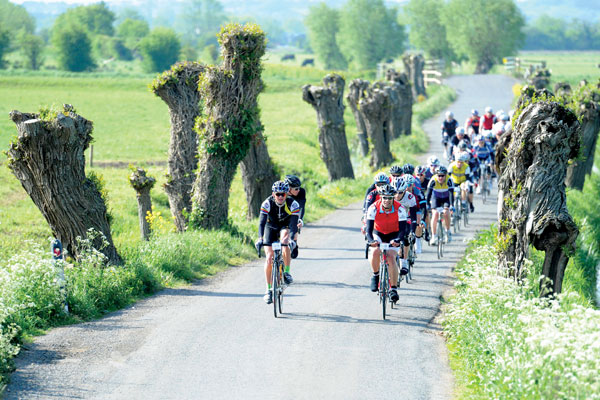
Quick info
Website: www.pendragonsports.com
Distance: Day 1 - 107/ Day 2 - 116/ Day 3 112miles
Total riders: 1,458
Total climbing: 7672m
How, exactly, does one approach a sportive like the Tour of Wessex? Is there anything like the Tour of Wessex? Somehow I doubt it.
For those unfamiliar with this now well-established event, it takes place over three days, and on each offers the ambitious entrant a ‘Standard Distance' ride of more than 100 miles with an awful lot of climbing. For the more sensible, there's a ‘Medium Distance' alternative ride each day, and shorter ‘Breeze Rides' on day one.
I know how I planned to approach it: steadily - as in, taking great care to save myself for the last day and, on the last day, for the last half of the day's ride. Why? Because 335 miles is a long way to ride, and 7,672m is a lot of hill to climb in three days.
The event is timed using the latest disposable timing chip technology, but even those of us with no desire to impress the organiser risk exhaustion by going too hard and, as with any endurance event, finishing slowly takes priority over not finishing having travelled too fast prior to retirement.
Day one
Get The Leadout Newsletter
The latest race content, interviews, features, reviews and expert buying guides, direct to your inbox!
A steady pace, then, kicked off day one, which as ever took place on the Saturday of the Whitsun bank holiday weekend and headed north from the event HQ town of Somerton. The event prospectus promised stunning terrain and, having passed through the famous town of Glastonbury, we traversed the Somerset Levels, noted worldwide for their birdlife.
These low-lying lands might sound easygoing but the narrow lanes are potholed and gravel-strewn, and demand constant attention, especially from those desperate to hold a wheel and shelter from the morning's stiff headwind.
Beyond the Levels lie the Mendip Hills and the big climb of Cheddar Gorge. In truth, it was a bit of a relief to get through the gift shops of the town at its foot and hit the climb proper, which begins to fill with vehicles early in the day. The foot of the climb is the hardest bit but it drags on to reach an uneven plateau littered with the remains of lead mines and the ‘gruffy' miners left behind.
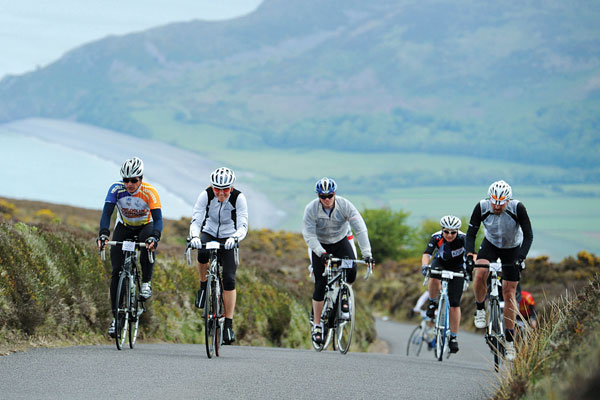
The first feed of the day, shortly after the top of the Gorge, eased any gruffy feelings. On offer were seemingly unlimited quantities of Jaffa cakes and fig rolls along with trays groaning with mini Scotch eggs and tiny Cornish pasties. The combo worked for me every time.
Past Wells, we entered beautiful but repetitively lumpy country that lasted all the way to Bruton and beyond, eventually reaching a road I remembered well from a preview ride in 2006. At the top lay King Alfred's Tower and before it a climb that got progressively steeper until dismounts could be seen - and enjoyed.
My recollection of the 87km that followed is mostly of a headwind after the turn at Longbridge Deverill. On a gentle rise out of Mere, I experienced a bad patch and advised riding companion Juan to leave me to suffer on my own. Unfortunately this is hard to do in a sportive; even as you get dropped from one group, another comes along.
By the time I had been passed and dropped by about six of them and had crested the evil little climb out of Stourhead, I had recovered enough to ride again with Juan, having rejoined him at the final feed. It couldn't last; Juan dropped me again and was to be found later enjoying the relaxed atmosphere of the event's tented village.
Day two
Easily the finest scenery of the three days' riding was provided on day two, which took riders through Dorset to the Purbeck Hills. Given the distance to that part of the south coast, there was little dilly-dallying and the route headed pretty directly along roads I have cycled since my youth. Intent on enjoying them, I declined to join any of the bunches that overtook prior to the feed at Cerne Abbas. The village's priapic giant could be seen on the nearby hillside, his monumental lines blurred by encroaching grass.
Juan and I eased back and enjoyed the next section, which proceeded to offer up such delights as the Piddle Valley, Lulworth Cove and the road across the Lulworth firing ranges. The lengthy climb is worth the effort for the view afforded on the descent of Corfe Castle, which must be the most romantic ruined castle in England.
JC cracked after Wareham and I started to feel the benefit of my earlier slow riding, sprouting wings - for the next couple of hours, at least. Milton Abbas, with its picture-perfect thatched cottages and subsequent climb to the Bulbarrow Hill, came and went; the plummeting descent, deserted villages and quiet hollows came and went.
I spotted two riders outside South Cadbury taking smartphone pictures of a slow worm and thought, as I neared Sparkford, that I might stay clear of the various individuals I had only recently passed. No chance; looking back down a long straight, I saw a sizeable bunch coming up and sat in it for the last few miles back into Somerton.
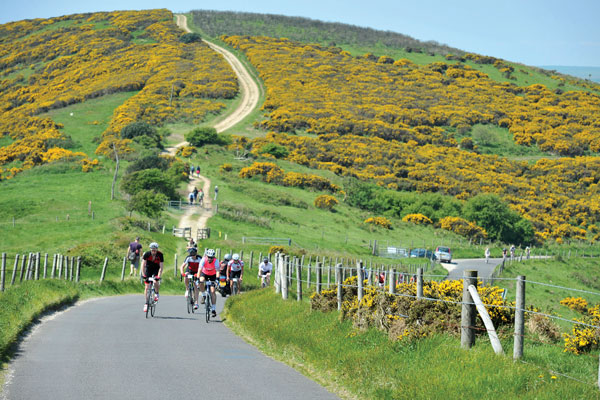
Day three
Day three is the Tour's tappone - mainly because it comes when legs are sore. This day also has by far the most climbing, although to make life easier the ascent to Dunkery Beacon has been ditched in favour of Porlock Hill.
This year's early miles were made hard by a steady southerly wind that battered the left shoulder but made riding in echelon easy enough. The mighty Juannosuarus being a one-man echelon, I sat behind him.
By the time we reached the Quantocks, we had aggregated into a bunch that blew apart on the wall at the foot of the climb to Quantock Common. Over the top, the fresh wind made life difficult and threatened horrors to come across Exmoor.
These turned up exactly as expected at the top of the Porlock Hill Toll Road, used instead of the legendary one-in-four main road climb out of the village. The toll road is steady, much like a very long version of the Box Hill zig-zag, and passed pleasantly enough until we left the tree line and felt the wind's full force.
It stayed in our faces all the way across the moor to Dulverton, so it was with relief that we turned left and got some respite. But not from the hills; the next one kicked off a deadening succession that took us past Wimbleball Lake. Only then did matters improve, with a long downhill stretch to the final feed at Cedar Falls.
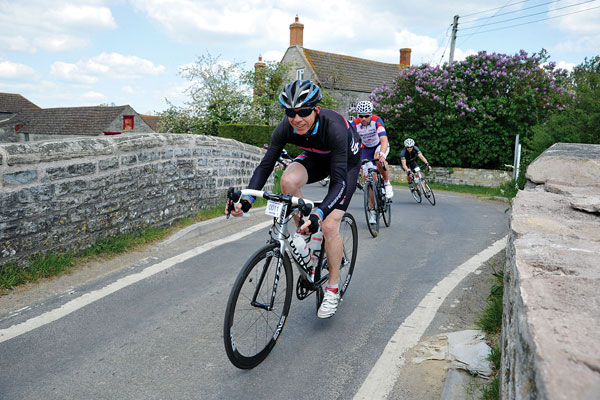
The last leg should have been easy; it was tailwind-assisted, flat until the last few miles and not too long. Never underestimate the morale-boosting value of descents; with the end supposedly in sight, this level stretch was slow and near interminable.
Langport might as well have been Brigadoon, but it did at least presage one last - sorry, two last - hills and an easy freewheel into Somerton.
Bacon butty eaten, expletive directed at organiser Nick Bourne, Juan congratulated on pushing his 100-plus kilos around a ridiculously hilly parcours; job done.
Sportive soundbites
Darren Jones - Leek CC
"I'm riding the three days and trying this event out for the first time. The routes are good, very nice, so I am looking forward to tomorrow [day three]. The marshalling's very good and so are the support vehicles out on the road. I'm camping and the only thing I would like is better stuff for breakfast, really, and it would be good if they put some sort of entertainment on in the evening."
James Richens - Nottingham
"It's very tough. I did all three days last year and it didn't put me off; I'm back for more. I'd say it's harder this year but that's probably just due to me having done a race a couple of weeks ago so I'm still a bit fatigued from that but yes, very enjoyable, very good and tomorrow's still to come."
This article was first published in the June 13 issue of Cycling Weekly. Read Cycling Weekly magazine on the day of release where ever you are in the world International digital edition, UK digital edition. And if you like us, rate us!

Thank you for reading 20 articles this month* Join now for unlimited access
Enjoy your first month for just £1 / $1 / €1
*Read 5 free articles per month without a subscription

Join now for unlimited access
Try first month for just £1 / $1 / €1
Founded in 1891, Cycling Weekly and its team of expert journalists brings cyclists in-depth reviews, extensive coverage of both professional and domestic racing, as well as fitness advice and 'brew a cuppa and put your feet up' features. Cycling Weekly serves its audience across a range of platforms, from good old-fashioned print to online journalism, and video.
-
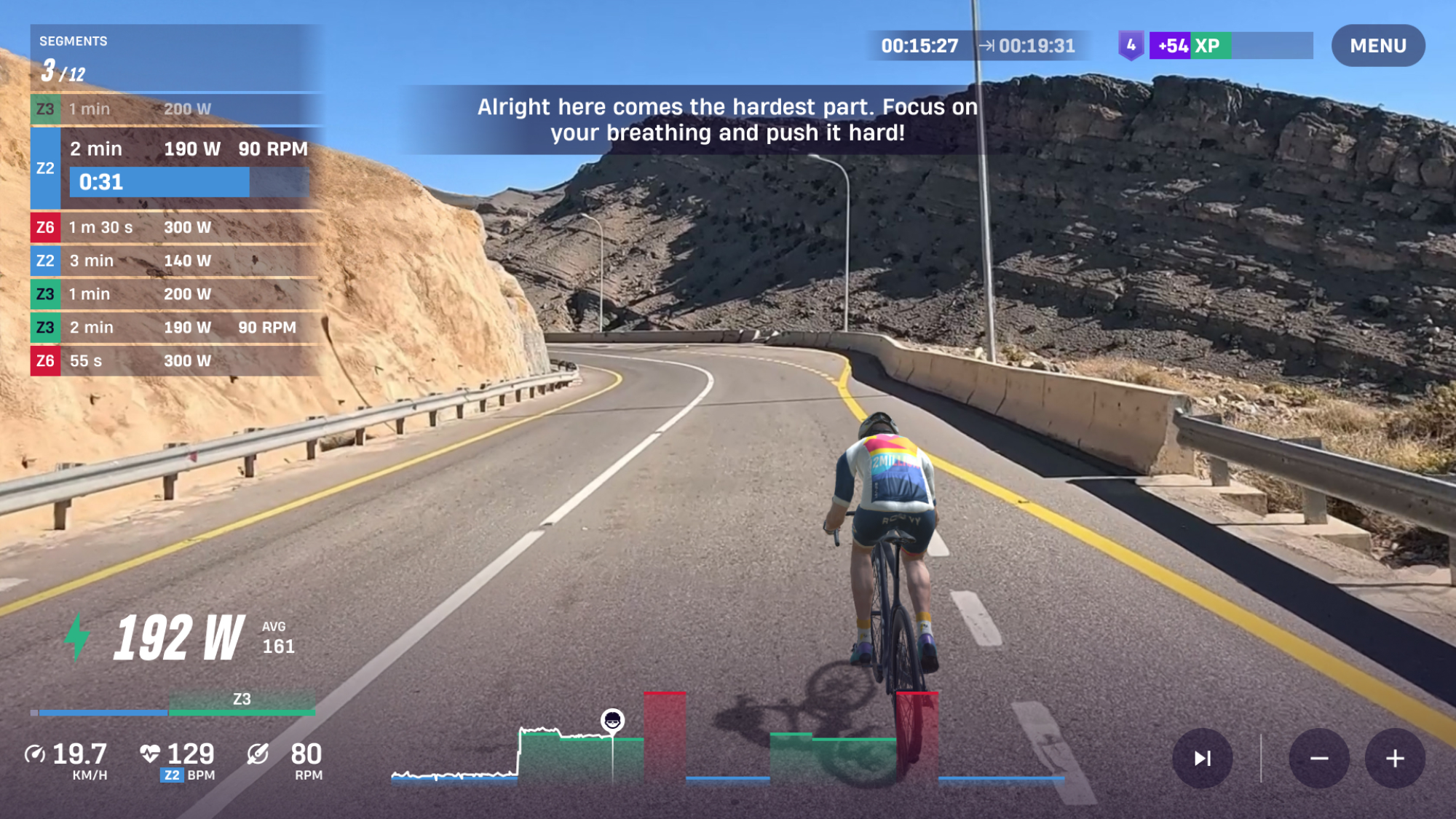 ROUVY's augmented reality Route Creator platform is now available to everyone
ROUVY's augmented reality Route Creator platform is now available to everyoneRoute Creator allows you to map out your home roads using a camera, and then ride them from your living room
By Joe Baker
-
 Day or night, I never ride without my Garmin Varia rearview radar light; it's one of the best pieces of cycling tech I've ever owned
Day or night, I never ride without my Garmin Varia rearview radar light; it's one of the best pieces of cycling tech I've ever ownedDeals The Varia RCT715 is, for me, an essential piece of riding kit delivering enhanced safety, and right now, it has a superb $100 off at REI
By Paul Brett